DIY Bathroom Flooring
Is your bathroom in need of some sprucing up? Luckily, you don't need to gut your entire bathroom to update it.
3 min read
 ReStore Staff
:
2:18 PM on March 17, 2024
ReStore Staff
:
2:18 PM on March 17, 2024
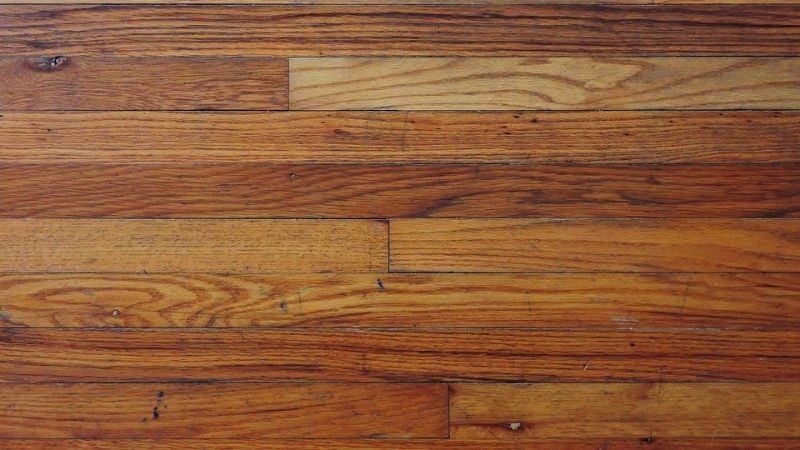
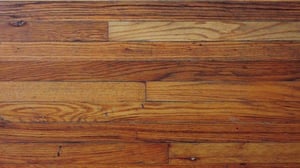
If you've never redone your flooring (or if it's been a while since the last time you did), you might feel a bit lost about where to start. ReStore Manager Jill Carmody has helped countless homeowners with flooring renovations, from helping pick the right type of flooring to offering expert tips for first-timers. Here's an easy guide for how to get your flooring remodeling project done right.
Jill says that picking the right flooring material is about "what look you're going for" as well as the purpose of the room it's being installed in. "People typically put carpet in their bedroom or living room," Jill says, where comfort is the goal, and bathrooms often have ceramic tile because of the moisture from the shower and bath. For a kitchen DIY project or mudroom remodeling, you'll want to go with something more waterproof. That could include tile, vinyl, or newer, cost-effective flooring materials like luxury vinyl plank.
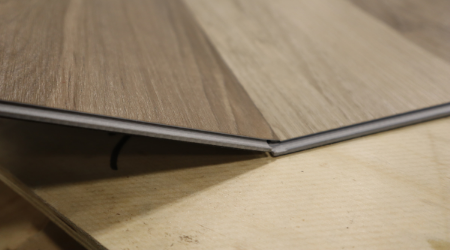 Tongue-and-groove joints of vinyl plank flooring lock together.
Tongue-and-groove joints of vinyl plank flooring lock together.
Vinyl plank flooring has become the most common material for DIY flooring projects for it's ease of installation, durability, and how it mimics tile, stone, wood, marble, and other flooring materials. The vinyl planks interlock with tongue-and-groove joints instead of adhesives, which creates a "floating floor" that's relatively easy to install.
Flooring typically comes in packages that tell you how much square footage it'll cover, but Jill says you should always plan to buy 10 percent more than the square footage of the room you're reflooring. "You need to take into account closets, hallways, and extra areas," Jill says. If your room is 300 square feet, you should buy around 330 square feet.
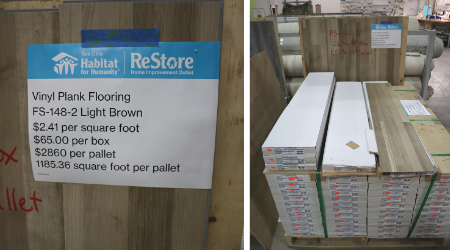
The pattern of your flooring will make a difference, too – if it's an offset or angled pattern, for example, you'll probably need to cut extra pieces to fill the shape at the edges of the room.
Most boxes of flooring materials will come with instructions on what you need to lay it down properly. You should still make sure you have the basics – measuring tape, utility knife, carpenter's square, safety glasses, and any adhesive you may be using. Note that vinyl plank flooring is best installed on top of an underlayment.
Use the measuring tape and a pencil or marker to mark where you want the plank to break. Use the carpenter's square and utility knife to score the plank in a straight line. Score the plank a few times in the same spot, then bend the plank smoothly along the score line until it snaps. You may need a jigsaw or hand saw to cut the planks into special shapes to get around door jams and pipes.
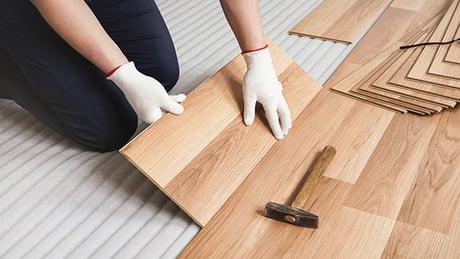
With as many remodeling projects as she's helped with through ReStore, Jill has learned a thing or two about what can go wrong. Here's a checklist to get ready to install new flooring.
ReStore stocks donated materials from local businesses and other DIYers, so we can offer a variety of flooring types at an affordable price. Jill recommends being patient if the flooring you want isn't in stock, as there's a chance more will become available before your next visit.
Your gift unlocks bright futures! Donate now to create, preserve, and promote affordable homeownership in the Twin Cities.
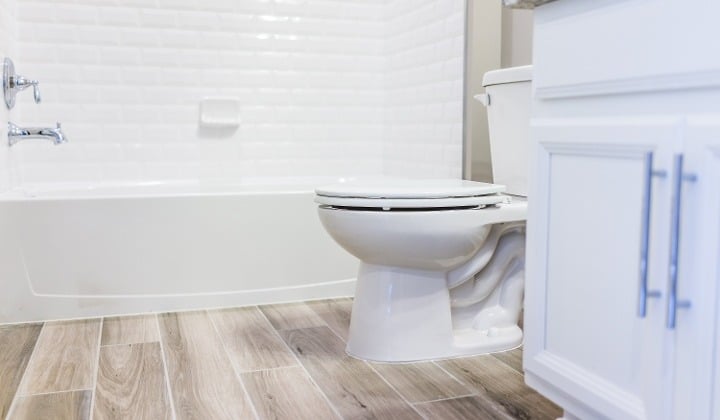
Is your bathroom in need of some sprucing up? Luckily, you don't need to gut your entire bathroom to update it.
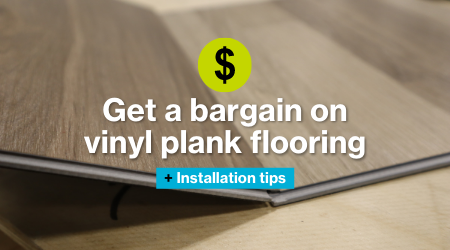
When you shop at ReStore, you're finding all kinds of treasures based on what has been donated by the community. But sometime when you're looking for...
![Get Started with DIY Flooring [VIDEO]](https://restore.tchabitat.org/hubfs/flooring%20diy%20friday%20%20(4).png)
Curious about installing new flooring in your home but don't know where to begin? New Brighton ReStore Manager Jan is here to help! In her latest...